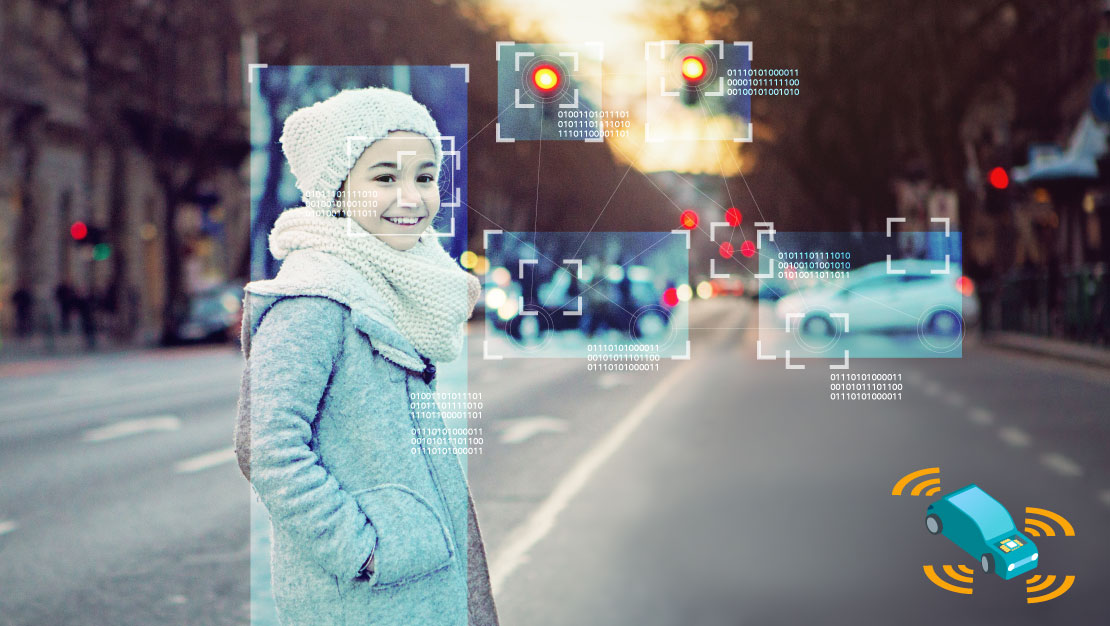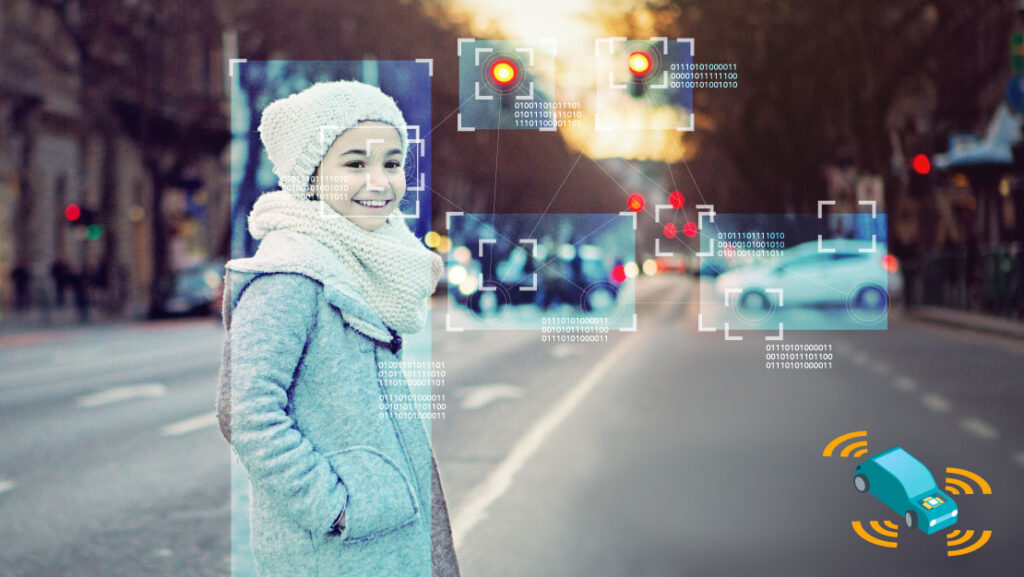Develop the autonomous technology of the future


Disruptive innovations in the automotive industry continue to increase. The focus is now on overcoming the challenges that autonomous vehicle development poses for automakers. Developing the future cars will require a radical transformation in traditional manufacturing. A next-generation approach will be needed to develop autonomous technology of the future.
In the last five years, software controlling many aspects of vehicle behaviour has increased significantly. And the trend continues to steadily grow. Forecasts project a market of 21 million units by 2035 for autonomous vehicles (AVs). The natural consequence of driverless transportation will also be a dramatic shift in traditional vehicle roles, with user experience becoming the central aspect, rather than hardware. Embedded software, electronics and connectivity capabilities will be the differentiator of future vehicles and this increases complexity massively for traditional car manufacturers.
Such a transition is no easy task, indeed. While consumers preference to self-driving cars keeps increasing, creating trust in this new autonomous technology is also a must. The automotive industry must work hard to make their customers feel safe, confident and comfortable when using driverless cars. And to guarantee the safety of passengers and the surroundings, new methods of massive virtual simulation will be required for exhaustive testing and verification.
Over the next few years, gradual levels of driving automation will be seen with increased technical complexity and more sensors in every step, aiming towards full automation. Development costs for this kind of vehicles will rocket and car manufacturers will be challenged further as automation capabilities advance, so the right tools will be needed to avoid being left behind while remaining competitive. We must not forget that in the market for autonomous vehicles, competition from technology players is fierce, and automakers must be fast and extremely agile in responding to technological and market changes.
With this in mind, we have created an infographic that outlines the trends impacting the industry and their challenges and implications for traditional automakers. At a glance, you will also learn about Siemens Systems Engineering, a holistic model-based approach with multi-domain systems modelling connected through a digital thread that could help manufacturers tie all complex processes together and deliver the future cars in a marketable way.
Adapting to this huge transformation in product development that places software at the heart of automotive innovation requires a model-based systems engineering (MBSE) approach. Siemens offers a comprehensive portfolio of integrated solutions for model-based systems engineering and a digital innovation platform supporting a closed-loop process. The Siemens Systems Engineering for Autonomous Vehicle Development (AVD) solutions enable car manufacturers to turn complexity into a competitive advantage. From chip design to full vehicle validation and systems integration across all key technical domains, these set of solutions support every aspect of autonomous vehicle development from the conceptual design phase throughout development and later lifecycle phases.
Simplify processes, solve quality issues, reduce development times and costs and achieve massive scenario simulation for optimized testing and verification with Siemens Systems Engineering.
If you want to learn how starting integrated and staying integrated in a cross-domain, seamless engineering environment could help you develop the safe and reliable autonomous technology of the future,


